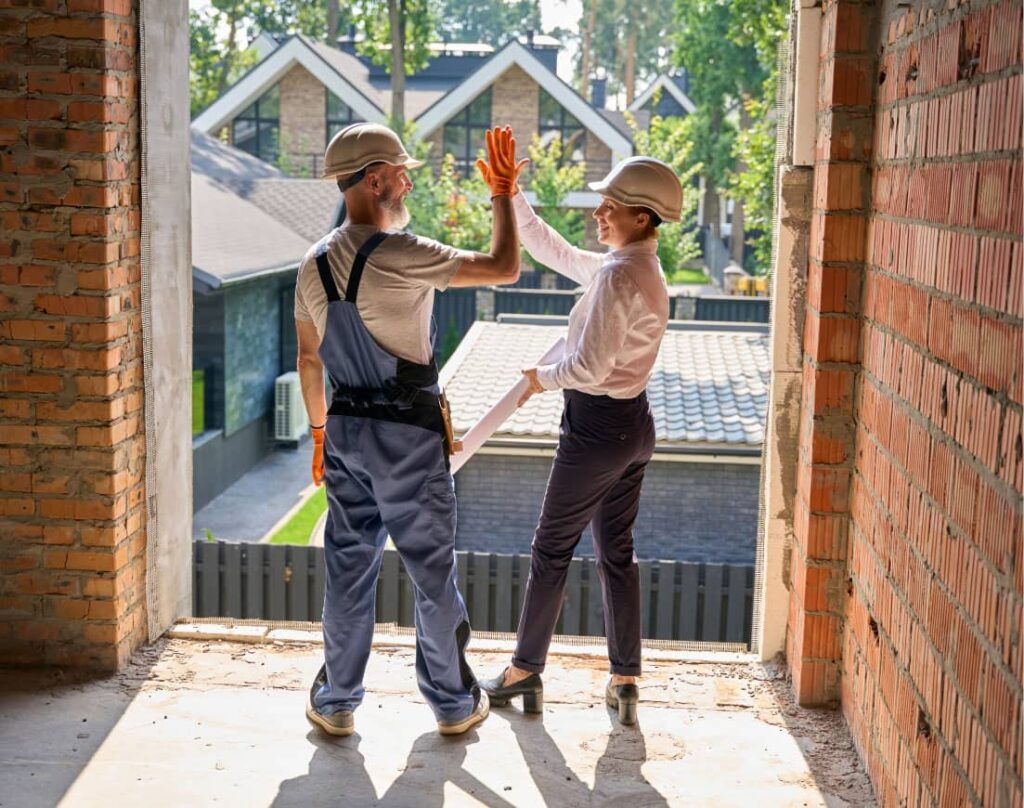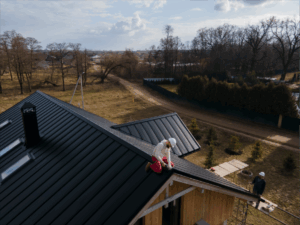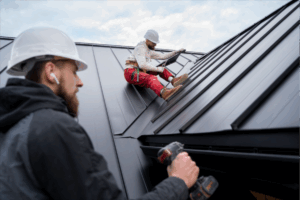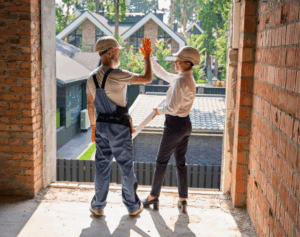Tenant satisfaction starts with proactive property care. For property managers, maintenance is more than a checklist it’s the key to retaining tenants, avoiding costly turnovers, and protecting long-term ROI. Here’s how to build a reliable maintenance strategy, backed by trusted professionals like Smart Roofing and Restoration.
Why Proactive Maintenance Is Key to Tenant Retention
The impact of maintenance on tenant satisfaction
Prompt responses to maintenance issues show tenants they’re valued. A leaky faucet or faulty AC may seem small, but timely fixes reinforce care and trust making tenants more likely to stay long-term.
Cost of tenant turnover vs. investment in upkeep
Turnover can cost 1.5–2x a monthly rent in lost income, repairs, cleaning, and marketing. By comparison, consistent maintenance reduces breakdowns and retains tenants, leading to more stable cash flow.
Building long-term trust with tenants
Clear communication, routine check-ins, and fast repairs show tenants you’re reliable fostering loyalty and reducing complaints.
Conduct Routine Property Inspections
Frequency recommendations
Residential: Interior twice a year; exterior quarterly.
Commercial: Full inspections every 3–4 months.
Inspection checklist
Key areas: roofing, HVAC, plumbing, fire safety, and common areas.
Using professional contractors like Smart Roofing and Restoration
Skilled contractors spot issues early. For instance, timely commercial roof repairs prevent leaks that damage interiors and frustrate tenants.
Documentation and tracking
Log inspections digitally with date-stamped photos and notes to support repair decisions and legal compliance.
Prioritize Responsive and Scheduled Repairs
Set up a transparent repair workflow
Use a tenant portal or app where residents submit requests, track updates, and receive notifications.
Response time and urgency levels
Urgent (24 hrs): Electrical, flooding, or HVAC outages
Routine (3–7 days): Cosmetic issues or minor repairs
Benefits of 24/7 service
Partnering with a 24/7 provider ensures no tenant waits through the weekend for help. Emergencies are resolved quickly, protecting property and safety.
Clear communication during repairs
Keep tenants informed on repair timelines and progress. A quick update via text or email builds confidence and reduces follow-ups.
Establish Effective Communication Channels
Use tech to share maintenance alerts
Email blasts, text updates, or a maintenance section in your portal keeps tenants informed about ongoing work.
Set expectations clearly
Let tenants know how quickly issues are typically resolved. Transparency improves satisfaction, even during delays.
Encourage two-way feedback
Allow tenants to review repair outcomes. Use feedback to improve vendor selection and response procedures.
Communicate improvements
Announce preventive upgrades such as HVAC tune-ups or lobby renovations to show your commitment to property value and comfort.
Integrate Cost-Effective Preventive Upgrades
Energy-efficient features
Install LED lighting and smart thermostats to reduce energy costs and modernize units.
Infrastructure modernization
Old windows and insulation cause drafts and spikes in utility bills. Upgrades improve efficiency and tenant comfort.
Preventative maintenance for major systems
Seasonal HVAC checks, roof maintenance, and plumbing tune-ups catch small issues before they escalate.
Prioritize high-ROI upgrades
Focus on changes that boost value and reduce maintenance like residential flat roof repair to prevent leaks and insulation loss.
Streamline Tenant Turnover Maintenance
Immediate post-move-out repairs
Inspect units within 24 hours of vacancy. Address major issues before they worsen.
Quick fixes vs. deep renovations
Handle basic repairs fast paint, patching, and appliance checks. Schedule large renovations strategically between leases.
Cleaning, pest control, air quality
Every turnover should include a deep clean, HVAC filter swap, and pest inspection to reset the unit for new tenants.
Speed reduces vacancy loss
Having a go-to team like Smart Roofing and Restoration ensures faster unit prep and shorter downtime.
Budget Planning & Vendor Coordination
Create an annual maintenance budget
Allocate 1–3% of property value annually. Use past maintenance history to forecast recurring costs.
Use software to track costs
Platforms like Buildium or spreadsheets help monitor spending by category and flag budget overruns early.
Coordinate with licensed vendors
Always work with insured professionals, especially for plumbing, electrical, and structural work to meet safety codes and avoid liability.
Partner with Smart Roofing and Restoration
Working with trusted experts streamlines repairs, reduces tenant disruption, and ensures warranty-backed, code-compliant work.
Measure and Improve Tenant Satisfaction Metrics
Send surveys regularly
Ask tenants to rate response time, repair quality, and cleanliness post-maintenance.
Track KPIs
Metrics like “average time to resolve a ticket” or “percentage of jobs completed on first visit” help improve vendor performance and internal workflows.
Adjust based on feedback
If tenants frequently report noise, drafts, or leaks, use this data to guide inspections and prioritize upgrades.
Celebrate wins
Share stats like “95% of repairs completed in 72 hours” in newsletters or community boards. It shows transparency and pride in service.
Conclusion and Next Steps
Recap
Proactive inspections, responsive repairs, smart upgrades, and tenant feedback loops build satisfaction and reduce long-term costs.
Align with professionals
Property managers don’t need to go it alone. Aligning with pros like Smart Roofing and Restoration ensures that every repair is done right, on time, and with lasting quality.
CTA: Book a free property assessment
Ready to streamline maintenance and boost tenant retention? Contact Smart Roofing and Restoration today for a free property assessment and discover why they’re San Diego’s go-to team for commercial and residential property maintenance.
Frequently Asked Questions (FAQ)
1. How often should properties be inspected?
Residential units: 2× per year. Commercial properties: every 3–4 months, especially after storms.
2. What's considered an emergency repair?
Any issue affecting safety or livability gas leaks, flooding, HVAC loss, or electrical failure should be addressed within 24 hours.
3. How can I reduce vacancy turnover time?
Schedule inspections and cleaning the day after move-out. Use a dedicated contractor to ensure fast, reliable turnaround.
4. Which upgrades offer the best ROI?
Smart thermostats, LED lights, roof repairs, and energy-efficient windows typically deliver quick returns in comfort and energy savings.






